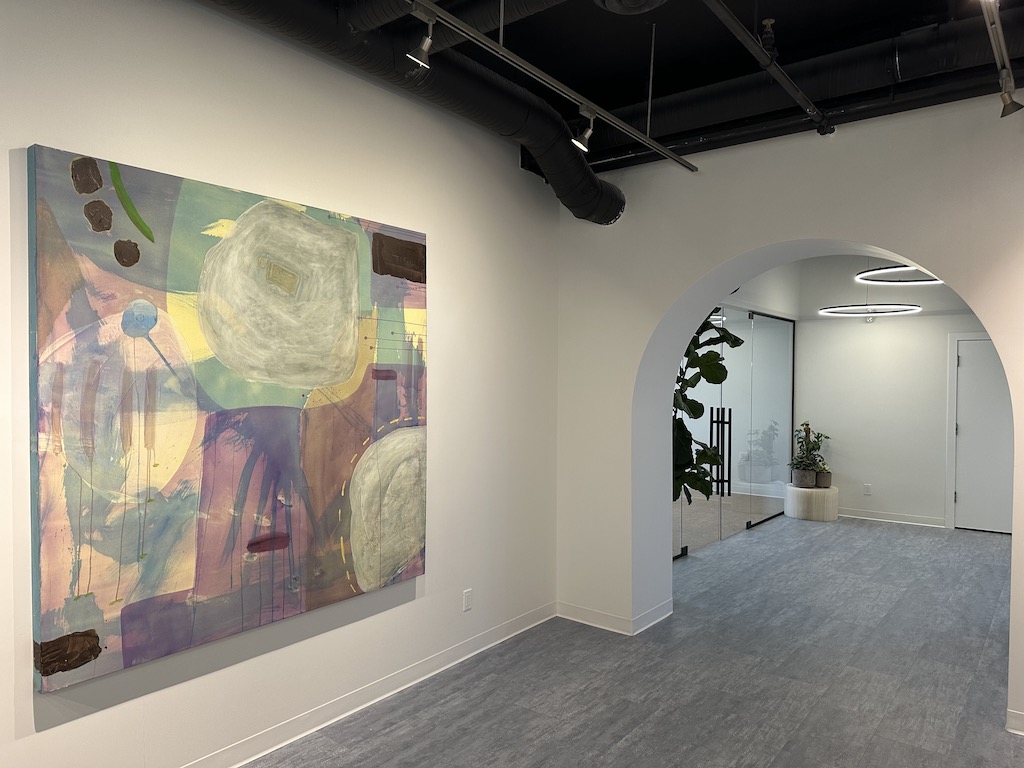This is Part 3 of our series on the EntheoTech Odyssey Method: our unique approach to ketamine and psychedelic-assisted therapy. At the EntheoMed Ketamine Suite, we currently offer a 4-week ketamine-assisted therapy treatment protocol based on this method.
In Part 1, we described how the Odyssey Method is a holistic and patient-centered biopsychosocial approach that emphasizes how the ketamine experience can be a source of personal insight. We then went on, in Part 2, to describe how the Odyssey Method draws from concepts and perspectives from Transpersonal Psychology: an approach to psychology that includes altered states of consciousness, self-transcendent spiritual and peak experiences, personal meaning, and questions of ultimate human potential.
Now, in this post, we’ll be discussing another core feature of the Odyssey Method: its acknowledgment of the ubiquity of trauma and the importance of healing it in the treatment of mental health conditions. In its approach to trauma, the Odyssey Method is informed by concepts from Dr. Stephen Porges’ highly influential ‘Polyvagal Theory’ and his concept of ‘neuroception’1. Let’s start with an overview of what trauma is.
Trauma occurs in response to negative situations or events in which our nervous system is overwhelmed and unable to process what is happening2. It happens when our nervous system’s defensive systems come online to protect us but are unable to do so, and we are left in a state of helplessness and terror. This can happen in a variety of ways that need not be particularly ‘extreme’. In addition to experiences of sexual or physical abuse, trauma can occur, for example, in response to bullying, humiliation, or being scolded harshly or very frequently as a child.
Trauma that is left unresolved can lead an individual to be hyper-sensitive to perceived threats; seemingly innocuous sounds or events can trigger feelings of irrational fear and panic. In essence, trauma causes people to feel constantly on alert and unsafe within their bodies, contributing to chronic stress and anxiety, which can in turn feed into depression or other mental health conditions. On a biological level, this overactive stress and fear system is a result of effects on our autonomic nervous system.
The autonomic nervous system regulates the physiological state of your body and is composed of two competing systems: the sympathetic nervous system, which prepares your body for action such as in relation to perceived danger (‘fight or flight’), and the parasympathetic nervous system, which calms your body down and allows it to ‘rest and digest’. The parasympathetic nervous system also plays a role in ‘freeze’ responses to extreme events, such as when animals ‘play dead’. Trauma disrupts the usual balance between the sympathetic and parasympathetic nervous systems and most often makes the sympathetic nervous system very ‘trigger happy’, so to speak.
Here’s where the previously mentioned Polyvagal Theory comes in. It emphasizes how, in the context of trauma, activation of the sympathetic (fight or flight) or parasympathetic (freeze) is a defense mechanism that is meant to help us survive a dangerous situation. The solution the theory proposes is that healing trauma is a process of retraining your nervous system to relax these defense mechanisms and feel safe again.
To do so, the theory says we must activate a biological pathway involving our vagus nerve which evolved in mammals to promote social behaviors such as parental care and cooperation. This vagus pathway activates based on our brain’s constant (unconscious) evaluations of cues in other people (e.g. facial expressions, body posture) and the environment (e.g. presence of dangerous animals or objects) to determine if we’re safe. This is referred to as ‘neuroception’. In trauma, neuroception is strongly biased toward negative interpretations, and in treating trauma we must restore it to making accurate and relatively unbiased interpretations. This is often done through interpersonal co-regulation.
Bringing this back to the Odyssey Method, we implement this perspective by strongly emphasizing the need for clients to heal trauma by restoring their sense of safety in their nervous system. All of our therapists are well-versed in this perspective. Careful attention is given to provide interpersonal cues of safety to the client, which itself strongly depends on creating a strong and trusting relationship between the client and therapist. The goal is to help clients rediscover feelings of safety and social openness within themselves, and to help retrain their neuroception to be sensitive to positive cues and less negative about neutral or ambiguous cues.
We strongly acknowledge the vulnerable place that a ketamine or psychedelic experience can induce, and we approach this with the utmost care, compassion, and trauma-informed expertise.
Written by Manesh Girn for EntheoTech
REFERENCES
(1) Polyvagal Theory: A Primer
(2) The Body Keeps The Score BRAIN, MIND, AND BODY IN THE HEALING OF TRAUMA














